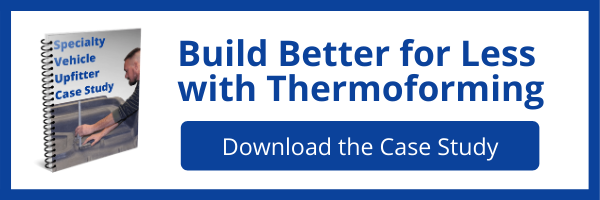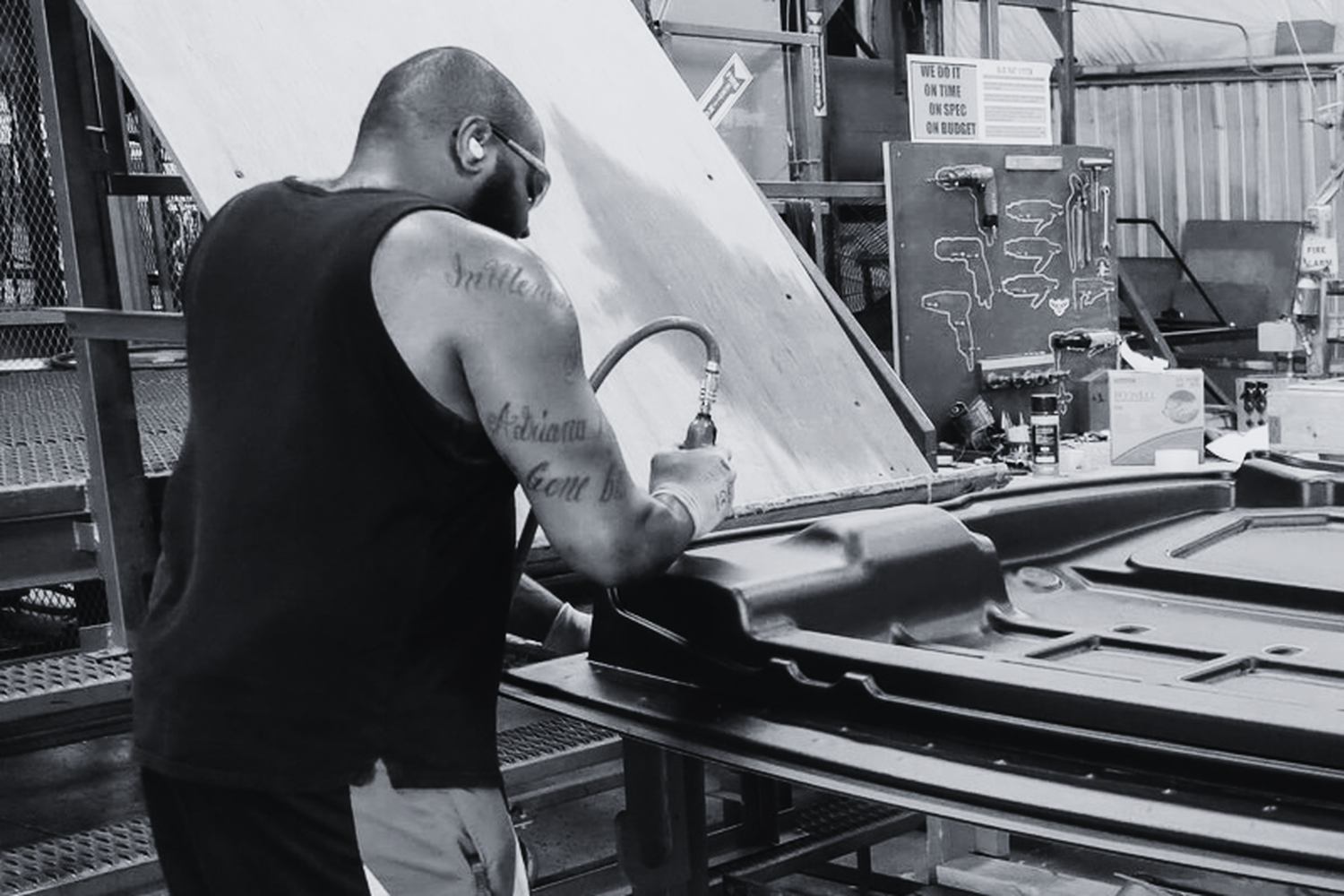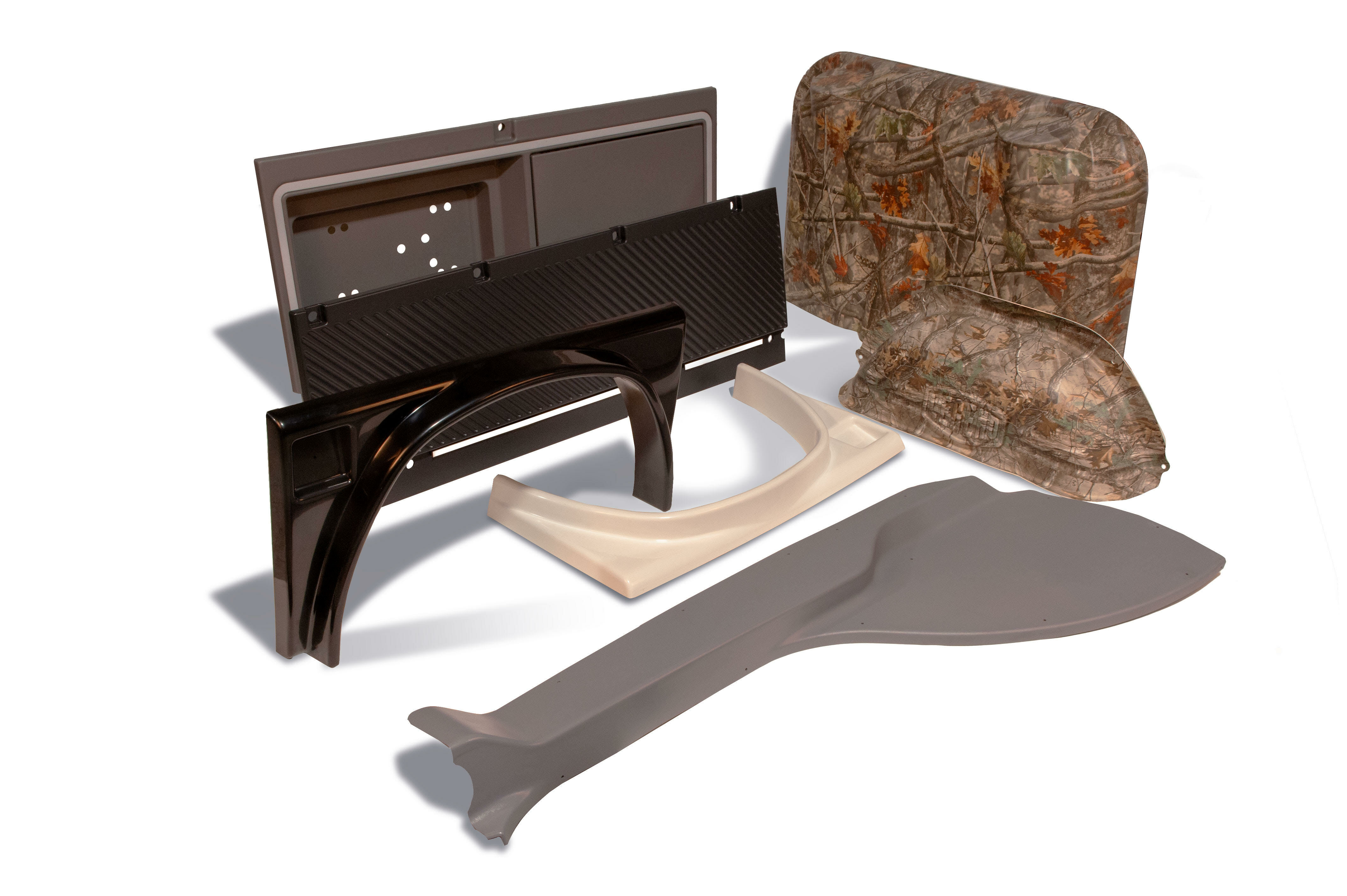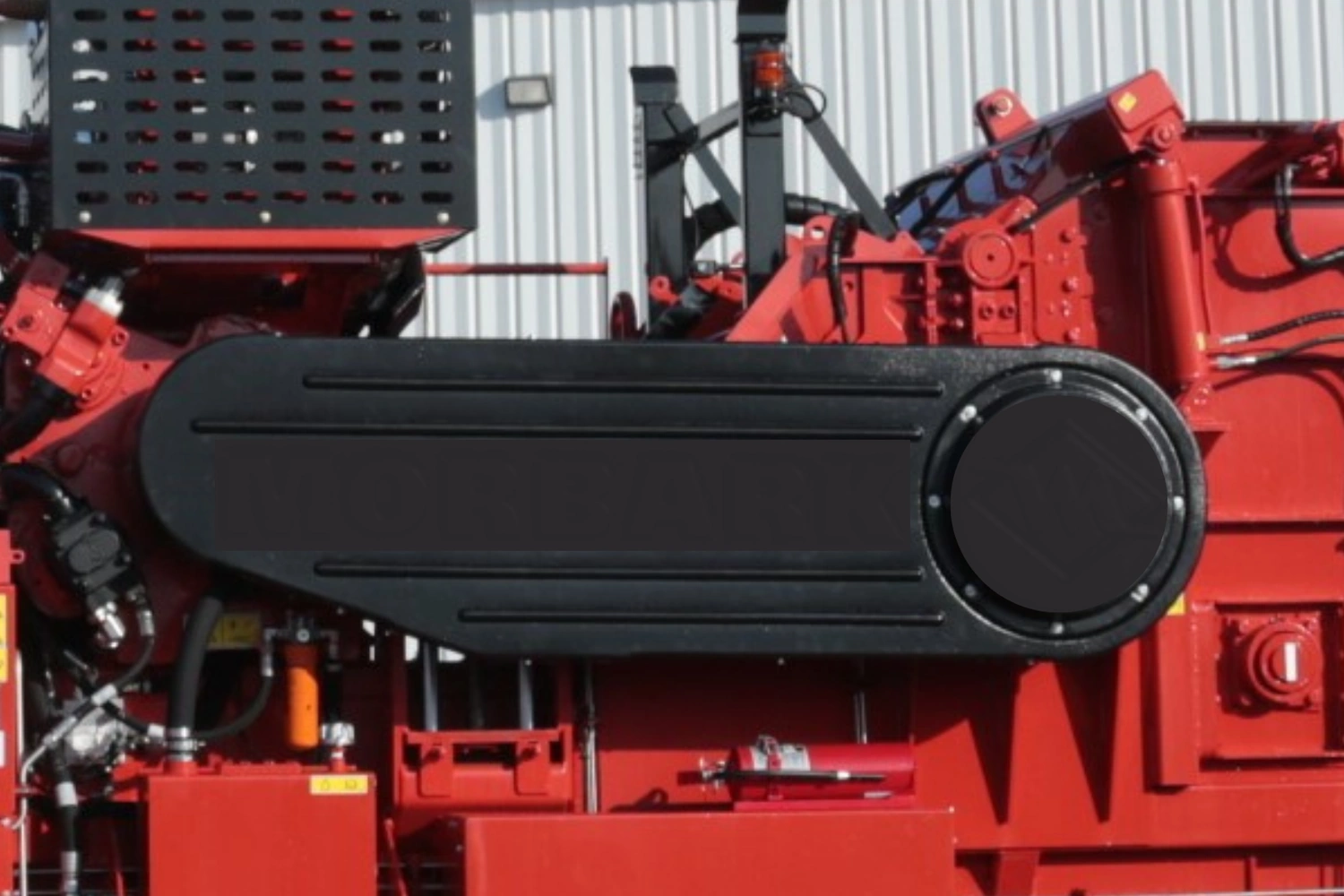Large vs. small is usually a relative comparison depending on the types of parts you are describing. When it comes to thermoforming parts, we define large as larger than two feet square up to 6’ by 10’.
Below this size, the tooling cost/part price balance between choosing between thermoforming and injection molding is much closer. The decision then is more closely related to lead times, surface treatments, and material type.
Why thermoforming is suited to making large parts
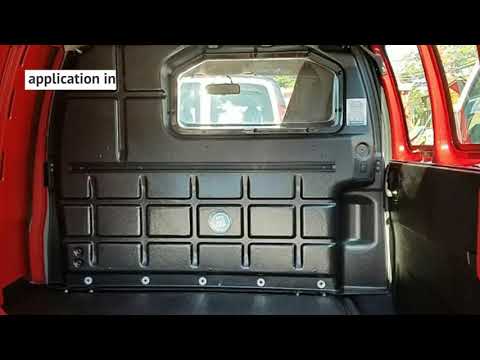 Why does part size matter? Part size is one of many variables including material requirements, surface finish, stiffness, impact resistance, chemical resistance, and color. Once a part is designed larger than job shop level injection molding facilities can handle, the options narrow primarily to thermoforming, fiberglass, and metal fabrication.
Why does part size matter? Part size is one of many variables including material requirements, surface finish, stiffness, impact resistance, chemical resistance, and color. Once a part is designed larger than job shop level injection molding facilities can handle, the options narrow primarily to thermoforming, fiberglass, and metal fabrication.
Thermoforming is a great choice when production volumes are low to medium and steel stamping may be a better option for large production quantities. But the devil is always in the details.
Thermoforming tooling options and costs
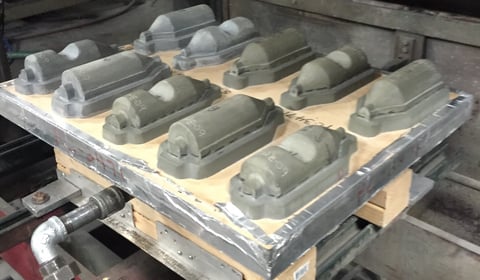 The type of thermoform tooling employed in manufacturing will depend on the volume of the run and the material requirements of your part.
The type of thermoform tooling employed in manufacturing will depend on the volume of the run and the material requirements of your part.
We are able to make thermoforming molds in a variety of materials and build tooling suitable to the volume of the prototype or production run.
For small quantities, we use a variety of species of laminated wood products. Wood tooling is low cost, easy to fabricate, and ideal for thermoformed parts you need to be done for quick prototypes.
For high volume production with expected lifespans of greater than 5,000 parts, parts requiring greater temperature control in the molding process, or a part planning to be produced for multiple years, we would build tooling using cast or billet machined aluminum. Aluminum molds are highly durable and can allow for greater part detail.
For part runs in the middle, we use a variety of composite materials. Machinable tooling media allow greater part quantities than wood but are also faster to produce than aluminum tooling.
There are other materials we use to make tooling like ceramic and 3D printing but the above three are the most common.
The flexibility we have to create and build the best tool for the job is one of the biggest advantages of using thermoforming for producing large parts. Plus a thermoforming tool used in vacuum or pressure forming processes comprises a single male or female tool compared to male/female for metal stamping thus saving cost and time.
Learn more about thermoformed tooling here.
Gauge considerations
Large parts that are thick gauge thermoformed parts are very common. Because the material is a thick gauge, the parts can be made in large sizes, we can mold sheets up to six feet by 10 feet and with a rigid structure. Large parts almost always require this thicker gauge and a somewhat rigid structure to be able to perform their specified role.
This combination of large and thick yields parts that are used for a wide variety of applications like vehicle body parts, enclosures, outdoor structures, shields, barriers, containers, and more.
Parts in these applications tend to have much lower minimum quantity requirements than other plastic processes like injection molding.
Learn more about think gauge thermoforming here.
Production costs
Sheet metal forming is a relatively low-cost process for parts with simple designs such as single-directional bends. As part complexity increases, however, the fabrication process requires additional steps, such as cutting, bending, and stretching, to meet the design specifications.
Some designs may require multi-part assembly accomplished by welding, bonding, riveting, fastening, or a crimped seam. As multiple steps begin to accumulate in metal fabrication, thermoplastic thermoforming becomes an effective alternative enabling a reduction in parts, labor, cycle time, and costs.
When compared to stamped metal parts, thermoforming also offers the advantage of significantly shorter lead times to production due to shorter lead times for prototypes, tooling, and design.
Contact us to answer questions about your next thermoforming project!
